John Hurrell – 12 November, 2010
This exhibition can be seen as a mini survey, for the earliest work was made in 1982, another in 1984, two in 2001, another in 2003 - and the rest in 2008. All linked by a theme that is pretty ubiquitous in this part of the world. Nevertheless these are fascinating (often haunting) images and an excellent opportunity to get to know Adams' elegant history-based documentary practice a little better.
Mark Adams is probably best known for his large format coloured photographs of tattooed people posing in their sitting rooms, but he is also highly regarded for his landscape imagery, often of historic sites. This show, upstairs at Two Rooms, celebrates that fact and uses the long narrow gallery for a set of six, dark and glossy, unframed coloured C type prints, and in an adjacent office, three framed gold toned silver bromide works - one with four parts.
As the title says, the exhibition references the volcanic foundations of his sites, which are all in Polynesia. The tranquil, unpeopled places documented are found in The Chatham Islands, Tahiti, Hawaii, Aotearoa and Samoa. Sometimes the larva is hidden by earth or vegetation, and other times the dense rock is left exposed from when the viscous fluid cooled down.
Of the two images taken in Aotearoa, one is a Cibachrome of Farwood Drive in Henderson, the other a black and white of an encrusted tap in the Blue Baths, Rotorua. With the three C type prints taken in Samoa two are of the extraordinary London Missionary Society church in Savaii where a larva flow encircled the building in 1905 and burst through the doors into the nave.
Two other C type prints reference details from the two voyages of Cook to the Pacific in 1769 and 1777. The first is from an observatory site at Port Venus in Tahiti Nui, looking across the sea towards the island of Moorea; the second is on the island of Hawaii at Ka’awaloa Beach, the place where Cook met his death.
This exhibition can be seen as a mini survey, for the earliest work was made in 1982, another in 1984, two in 2001, another in 2003 - and the rest in 2008. All linked by a theme that is pretty ubiquitous in this part of the world - particularly now. Nevertheless these are fascinating (often haunting) images and an excellent opportunity to get to know Adams’ elegant history-based documentary practice a little better.
John Hurrell

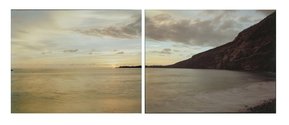
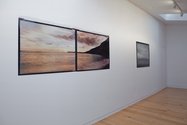
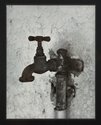
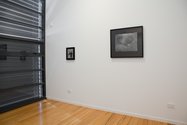
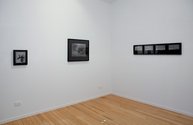
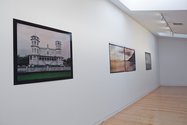
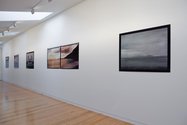
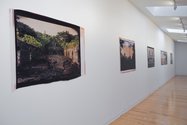
 Advertising in this column
Advertising in this column Two Rooms presents a program of residencies and projects
Two Rooms presents a program of residencies and projects



This Discussion has 0 comments.
Comment
Participate
Register to Participate.
Sign in
Sign in to an existing account.